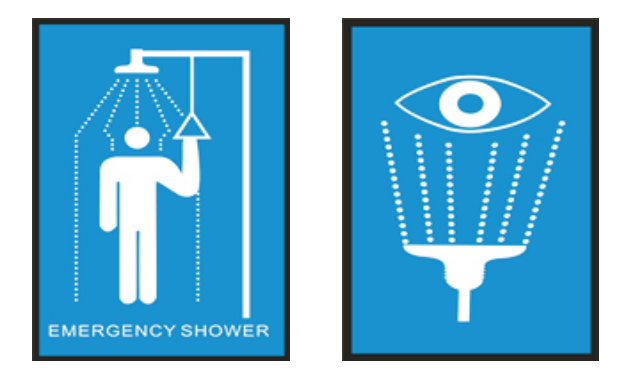(Ⅸ)Common Facility and Apparatus Safety
Common Facility and Apparatus Safety

(Ⅰ)Processing Machinery and Equipment
1.For equipment like shearing machine, planer, circular saw, forklifts, grinder and air compressor, there should be protectivemeasures like covers or guards.
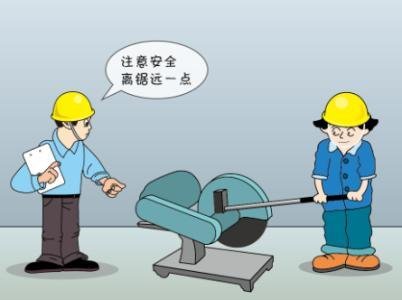
Common Facility and Apparatus Safety

Common Facility and Apparatus Safety
(Ⅰ)Processing Machinery and Equipment
2. For equipment like lathe or gear-hobbing equipment that is higher than the operator, place work platform with an appropriate height.
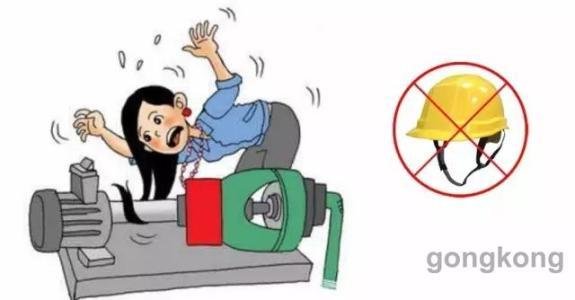
Common Facility and Apparatus Safety
(Ⅰ)Processing Machinery and Equipment
3.Wear necessary protective clothing (work clothes and gloves). Tighten loose clothing and hair. Do not wear the following items like long necklace, tie or scarf that could easily be drawn into the machine.
Strictly follow the operating guidelines.
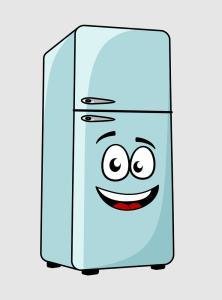
Common Facility and Apparatus Safety
(Ⅱ)Fridge
1.Put the fridge in locations with good ventilated and free from heat source, flammable, explosive substances and gas cylinders. Leave out space for heat dissipation.
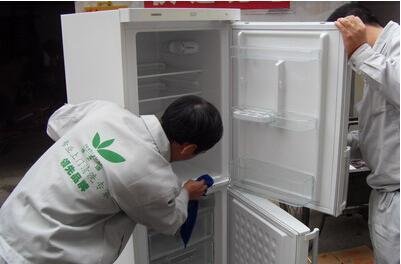
Common Facility and Apparatus Safety
(Ⅱ)Fridge
2.Label fridge containing hazardous chemicals with warning signs. Label all the reagents in the fridge and clean up on a regular basis.
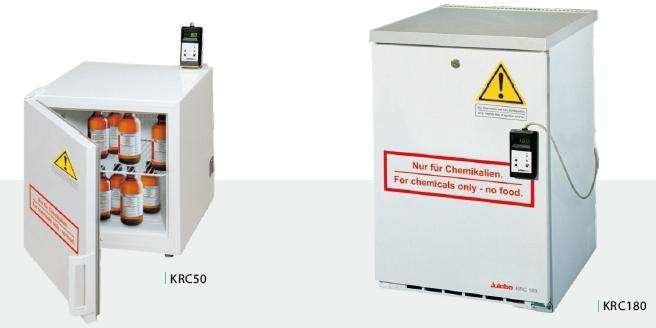
Common Facility and Apparatus Safety
(Ⅱ)Fridge
3.Hazardous chemicals should be stored in an explosion proof fridge or an ordinary fridge altered to be explosion proof. Cap and seal the containers with volatile organic reagent to avoid vapor accumulation in the fridge.
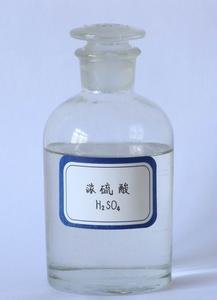
Common Facility and Apparatus Safety
(Ⅱ)Fridge
4. Choose anti-corrosion containers to store strong acid, strong alkali or corrosive substances. Place the container on a tray.
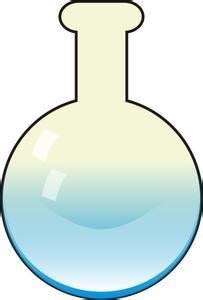
Common Facility and Apparatus Safety
(Ⅱ)Fridge
5.Stablize the test tubes (with plug) and those containers with high center of gravity like flasks. Otherwise, they might fall and break because of the open and shut of the door of the fridge.
(Ⅱ)Fridge
6. Do not store drink or food in the fridge.
7. If the fridge shut down, transfer chemicals instantly and store them properly.
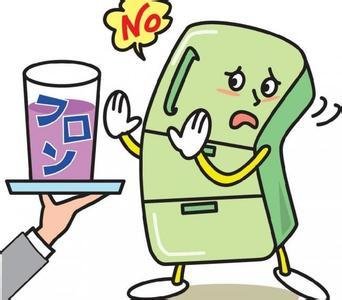
Common Facility and Apparatus Safety
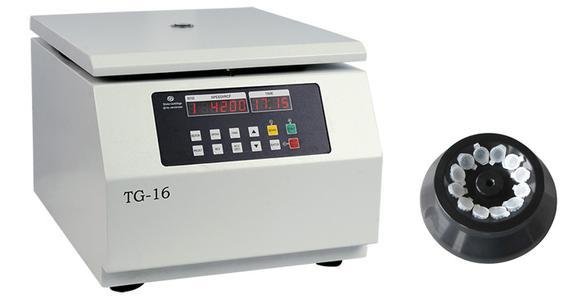
Common Facility and Apparatus Safety
(Ⅲ)High-speed Centrifuge
1.High-speed centrifuge should be placed on stable and flat table. Tighten the cap before running.
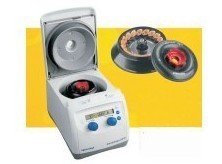
Common Facility and Apparatus Safety
(Ⅲ)High-speed Centrifuge
2. Centrifuge tubes should be spaced out eve- nly to ensure the balance.
3.Ensure that the centrifuge safety switch functions. Do not open the cap of centrifuge before cutting off the power.
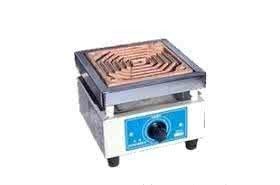
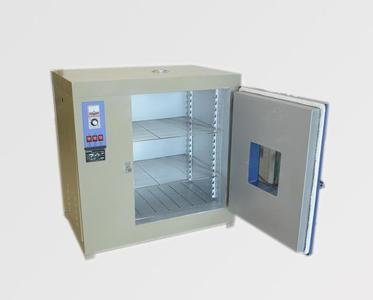
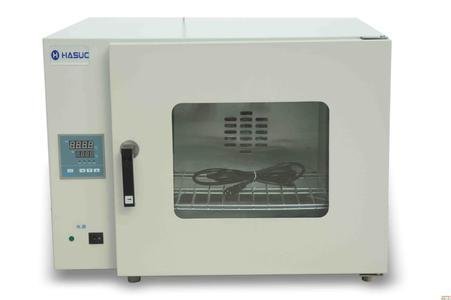
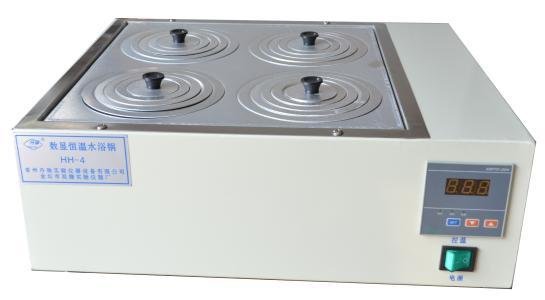
Common Facility and Apparatus Safety
(Ⅳ)Heating Equipment
Heating equipment include open flame furnace, electric resistance furnace, incubator, drying oven, water bath, electric heat gun and hairdryer.
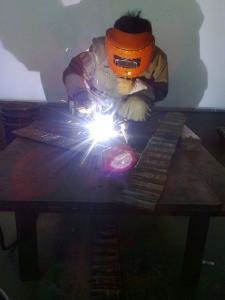
Common Facility and Apparatus Safety
(Ⅳ)Heating Equipment
1.When using heating equipment, take necessary protective measures. Strictly follow the operating guidelines. During operation, operator must not leave the place (at least 10-15 minutes between every observation). After use, turn off the power.
Common Facility and Apparatus Safety
(Ⅳ)Heating Equipment
2. Heating or thermal equipment should be placed on stable, flame-retarding experimenting table or on the ground. Do not pile flammable, explosive substances or other items near it.
3.Forbid using heating device to bake volatile flammable substances like solvent, oil products and plastic crate. If the heating creates toxic gases, oper- ate in fume hood.
Common Facility and Apparatus Safety
(Ⅳ)Heating Equipment
4. Store the heated substances safely in a powered-off environment.
5. Do not use open flame furnace in the laboratory. If one has to use it for a sp- ecial occasion, apply for Open Flame Furnace Permit from the Department of Laboratory and Equipment Management.
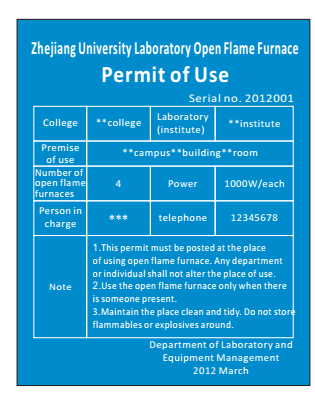
Common Facility and Apparatus Safety
(Ⅳ)Heating Equipment
6. When using hot wire furnace, make sure that the wire is in good contact with the heating rod. Humid gas has to be dried before entering the furnace.
7. Avoid the water bath to run dry. Make sure that water does not spill into electricity junction box.
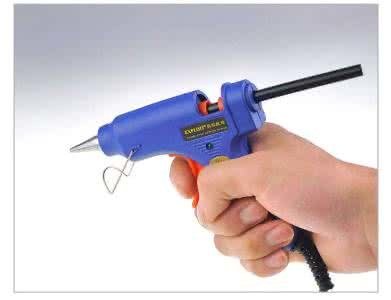
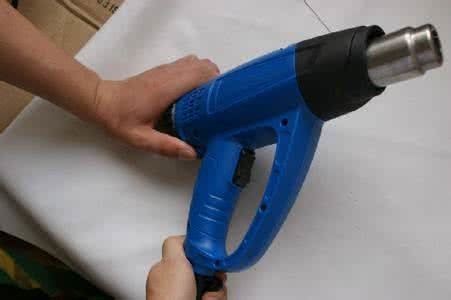
Common Facility and Apparatus Safety
(Ⅳ)Heating Equipment
8. When using electric heat gun, do not aim at any body part.
9. When using hairdryer or electric heat gun, do not jam or cover the air inlet or outlet. Unplug after use.
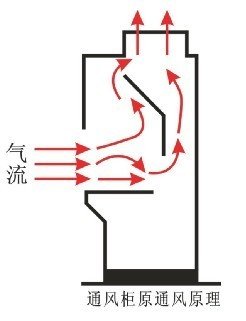
Common Facility and Apparatus Safety
(Ⅴ)Fume Hood
1. Do not store chemicals in or under the fume hood.
2. Before use, check to see if the ventilation system and other parts are in go- od conditions.
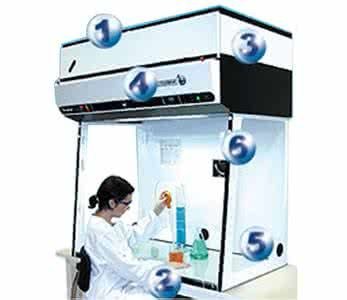
Common Facility and Apparatus Safety
(Ⅴ)Fume Hood
3. When operating, stay away from it at least 15cm, and try to reduce abrupt movement inside the hood or in front of the hood face. Minimize the movem- ent of people in the lab.
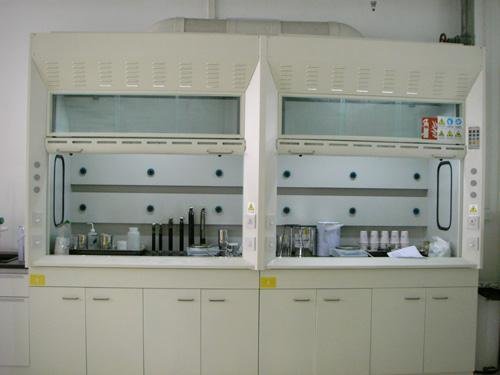
Common Facility and Apparatus Safety
(Ⅴ)Fume Hood
4. Do not store items that would stick out of the cabinet or jam the closure of the glass window.
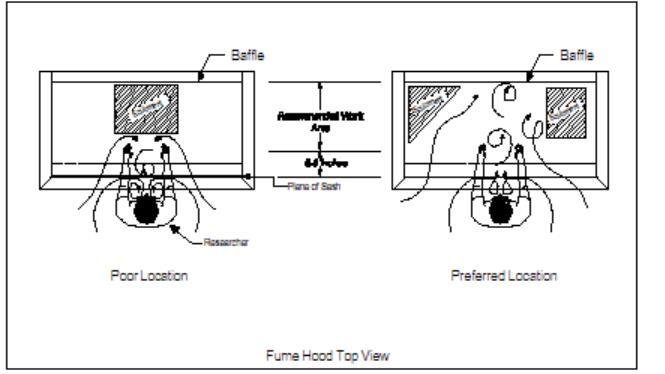
Common Facility and Apparatus Safety
(Ⅴ)Fume Hood
5. Do not block the exit of the fume hood or the opening beneath the deflector. If one has to store items in the hood, elevate and place them on the sides. Elevate them from the fume hood work surface so that air will pass underneath them, and place them away from any contami- nation sources.
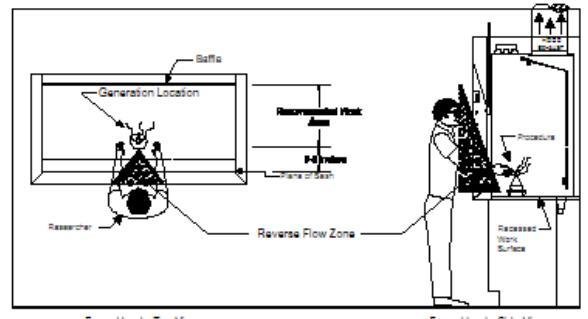
Common Facility and Apparatus Safety
(Ⅴ)Fume Hood
6. Check the exhaust performance on a regular basis. Maintain the ventilating effect. Do not jam the air outlet with paper or light objects.
7. During experiments, do not extend the head and upper body into the fume hood. Operator should adjust the glass window to elbow height so that chest and above are protected by it. When not operating, lower the glass window to 10-15cm from bott- om.
Common Facility and Apparatus Safety
(Ⅴ)Fume Hood
8. If there is mal-function, do not conduct any experiments Immediately close the hood window and contact maintenance personnel for repair.
9. After each use, clean the work platform and equipment thoroughly. Close the glass window. For fume hoods that are contaminated, hang some clear warning signs and notify other people to avoid unnecessary damage.
Common Facility and Apparatus Safety
(Ⅵ)Emergency shower and eyewash station
1. Use emergency shower and eyewash station carefully. Maintain the access corridors clear. Do not use them unless there is alaboratory accident (except for repair).
2.Conduct maintenance on the emergency shower and eyewash station on a regular basis to ensure proper function. Keep records immediately.
Common Facility and Apparatus Safety
(Ⅵ)Emergency shower and eyewash station
3. In case of emergency, pull the hook handle of the emergency shower to wash.
4. After use, clean up the surroundings.
